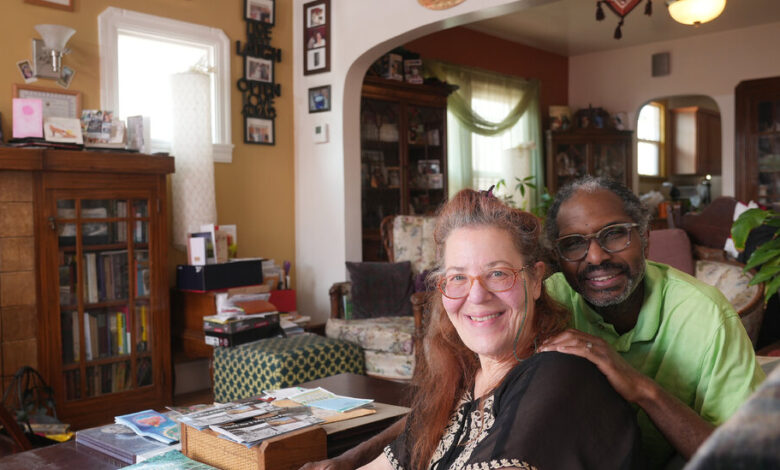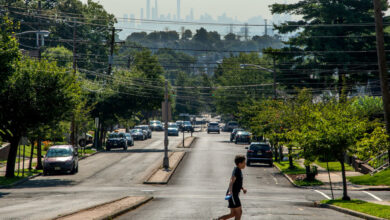Community Land Trusts Are Working to Create New Homeowners

The community land trust model was largely used in rural communities until the 1980s, when Cincinnati became the first city to have a land trust operate in an urban neighborhood. In 1984, Senator Sanders, who was then the mayor of Burlington, created one to help address his city’s housing crisis.
The primary model in New York creates rental units.
In 2020, the East Harlem El Barrio community land trust bought four apartment buildings that had fallen into disrepair from the city for one dollar each. The renovation of the buildings’ 38 units into tenant-run, permanently affordable housing units cost around $13 million, which was funded through loans from a nonprofit affordable housing lender and the city’s Housing and Preservation department.
The land trust owns the land the buildings sit on, and just under half of the units will be reserved for families earning 35 percent of the area median income (which is $38,000 per year for a family of three) with four other units set aside for those transitioning out of the city’s shelter system. The units will cost anywhere between $770 per month and $2,600 per month for a two-bedroom, and the units are all rent-stabilized. While the four buildings are a boon for the land trust and the neighborhood it serves, Athena Bernkopf, the project director for East Harlem, likened it to building a boat while being in the water.
Around the country, activists have also used community land trusts in nontraditional ways. In the Leimert Park neighborhood in Los Angeles, local business owners were being pushed out as larger companies moved in, so Akil West, a community organizer, created the Black Owned and Operated Community Land Trust, focused on purchasing a commercial building on Degnan Boulevard, a main thoroughfare. Mr. West said commercial units in the building will rent to businesses at a guaranteed 10 to 20 percent below market rate.
Steve King, the executive director of the Oakland Community Land Trust, said California has seen its number of land trusts double in the last few years. Most of them, he said, were started by people of color in urban neighborhoods experiencing declines in population and homeownership. Nearly 45 percent of Black households own their homes, compared with more than 74 percent of white households.
Source link






